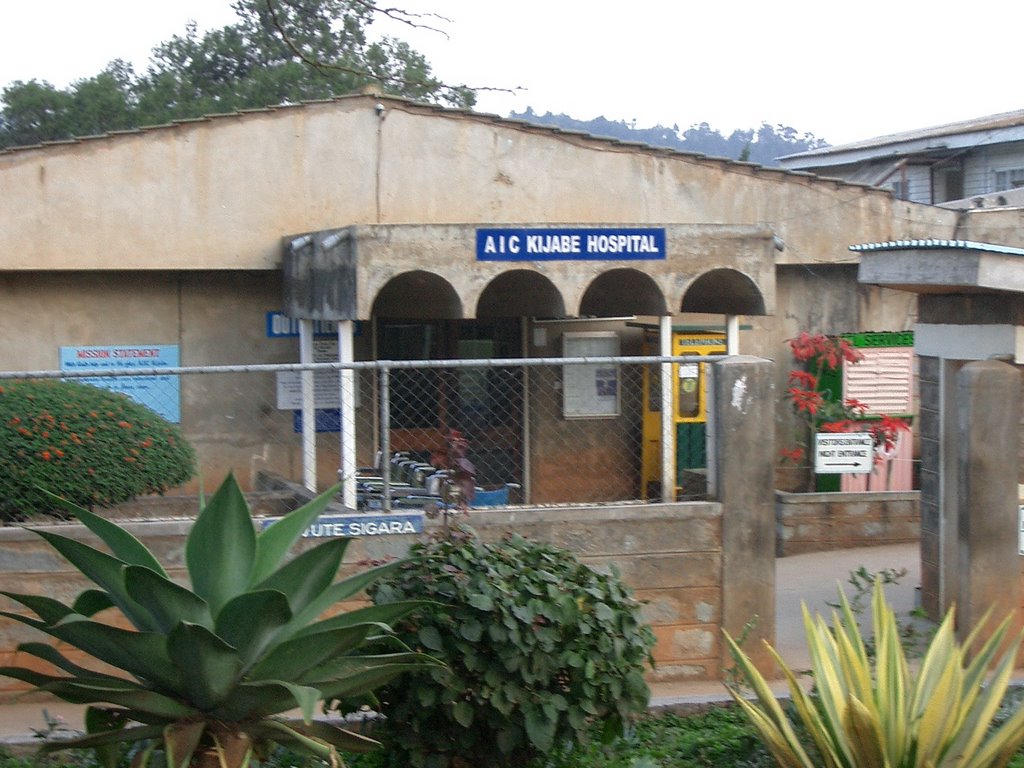
So wherever they planted a church, they also planted a school. White missionaries who started our church saw the need to educate our people so that they can read the Bible for themselves. When traveling around this country you will find that apart from the towns and cities, in the rural areas, wherever there is a church, there will be a school next to that church, and that is what sponsorship is all about. Why is education so connected to the churches in Kenya? This role does not imply any financial support, but rather gives the churches mechanisms by which they can oversee the development and success of the schools, including spiritual development of the students. Now the churches maintain a ‘sponsorship’ role for these public schools that were nationalized after independence. They appealed to the churches and the churches handed over their schools to the government so a public system could begin. When the new national government was forming, they needed to start a public education system but did not have the time or resources to start from scratch. Before independence, the churches ran the vast majority of schools. Here in Kenya, we have what we call ‘sponsorship’ of schools. Our main goal in the education department is to oversee the running of our private and public schools in Kenya. In 1998 I was appointed the national education secretary under the AIC’s department of education. My main tasks were to organize seminars and events for church musicians to help them develop their musical talents. I started as the national music coordinator back in 1985. I’ve worked in this AIC Office for the last 30 years. How did you come to work at the African Inland Church (AIC)? We also have about 20 Bible schools and we continue to grow! We have 15 bishops throughout the country and a national office here in Nairobi. AIC has around four million members in Kenya today. Now the church is much larger than the mission. So, around 1948 they began calling the churches the Africa Inland Church and the mission remained AIM. The church began to grow very fast.īy 1945, the missionaries realized that the church was growing so rapidly that there was now a need to separate the church from the mission. Those new Kenyan pastors went back to the home regions and planted one church after another. This Bible school is now our private university, Scott Christian University. In 1928, the missionaries started a Bible school in order to train young Kenyan pastors in the AIM ministry. After 20 years of very little growth, AIM began to expand through church planting.

But, in the early days of the church, a lot of the missionaries died because they were not prepared for the climatic conditions in Africa. Peter Cameron Scott led the first group of missionaries to Kenya at this time and created the Africa Inland Mission (AIM) which today is based in Bristol Great Britain.ĪIM’s role was to facilitate the recruitment and movement of missionaries to Africa.

The AIC was started by missionaries from the U.S. Intercultural and Interreligious Dialogue TopicĬan you describe the history of the Africa Inland Church (AIC) in Kenya? Transatlantic Policy Network on Religion and Diplomacy.Towards a Global Culture of Safeguarding.Revitalizing Global Religious and Interfaith Networks.Religion and the Crisis of Displaced Persons.Politicization of Religion in Global Perspective.The Geopolitics of Religious Soft Power.The Culture of Encounter and the Global Agenda.


 0 kommentar(er)
0 kommentar(er)
